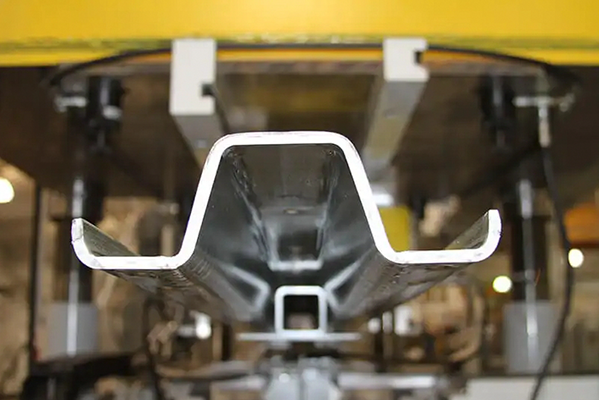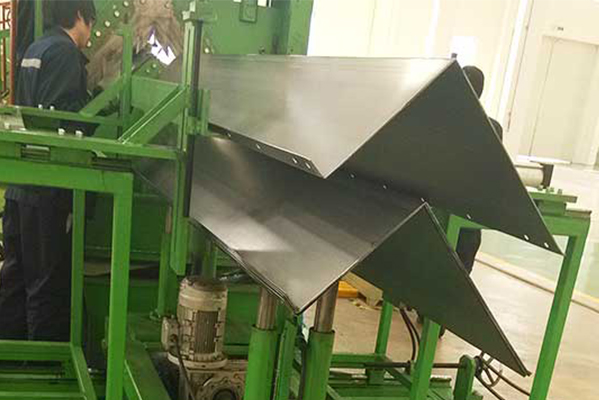Navigation Menu
Contact Us
- Email:
- info@wxavatar.com
- Address:
- Yurong Village, Yuqi Street, Huishan District, Wuxi, China.
Release Date:May 13, 2025 Visit:49 Source:Roll Forming Machine Factory
Roll forming machines are highly versatile in metal fabrication, capable of processing various materials with different properties. Their adaptability stems from adjustable mechanical configurations, precision control systems, and customizable tooling designs. This article explores how modern roll forming equipment meets the processing demands of diverse materials while maintaining efficiency and accuracy.
1. Adjustable Roll Tooling for Material Thickness Variations
Roll forming machines accommodate materials of varying thicknesses by allowing tooling adjustments. Thicker materials require wider roll gaps and stronger forming pressures, while thinner sheets need finer control to prevent deformation. Hydraulic or servo-driven systems enable real-time adjustments, ensuring consistent product quality across different gauges.

2. Material-Specific Roll Design
Different metals exhibit distinct forming behaviors:
High-Strength Steel – Requires higher tonnage rolls and reinforced frames to prevent springback.
Aluminum – Softer materials need polished rolls to minimize surface scratches.
Stainless Steel – Work-hardening tendencies necessitate gradual forming passes with optimized roll sequences.
Custom roll profiles and surface treatments enhance compatibility with specific materials, reducing wear and improving finish quality.
3. Speed and Feed Rate Optimization
Processing speed must align with material properties:
Ductile metals like copper allow faster forming speeds.
Brittle or high-tensile alloys require slower, controlled feed rates to avoid cracking.
Modern CNC-controlled roll formers adjust speeds dynamically based on material feedback, ensuring optimal production efficiency.
4. Temperature and Lubrication Adaptations
Some materials generate excess heat during forming, while others (e.g., titanium) may require preheating. Roll forming machines integrate cooling systems or localized heating elements to maintain optimal processing conditions. Lubrication systems are also tailored—minimal lubrication for coated steels, while non-ferrous metals may need specialized oils to reduce friction.
5. Flexible Control Systems for Precision Adjustments
Advanced PLC and servo controls allow operators to fine-tune parameters such as:
Roll pressure
Alignment angles
Progressive bend radii
This ensures dimensional accuracy across different materials without requiring extensive retooling.

Conclusion
Roll forming machines achieve material adaptability through engineered flexibility in tooling, speed modulation, and control systems. By incorporating adjustable components and intelligent automation, they efficiently handle diverse metals while maintaining production consistency. Manufacturers benefit from reduced setup times and broader material compatibility, enhancing operational versatility.
This technical approach ensures roll forming remains a reliable solution for varied industrial applications without compromising precision or efficiency.